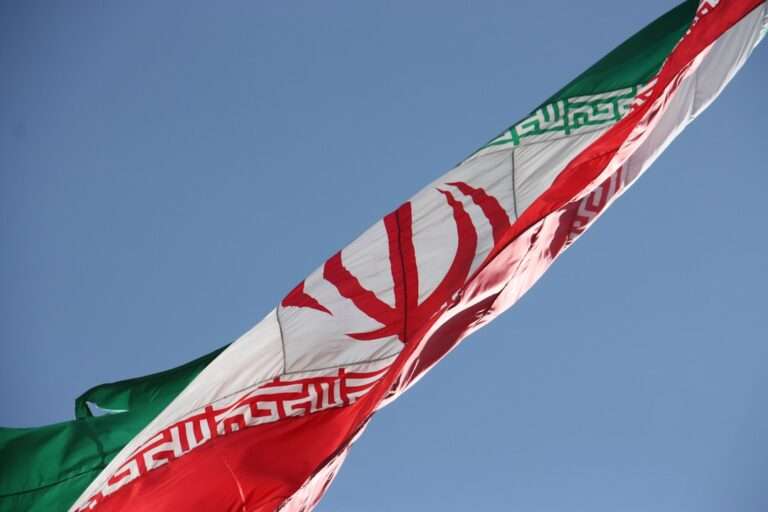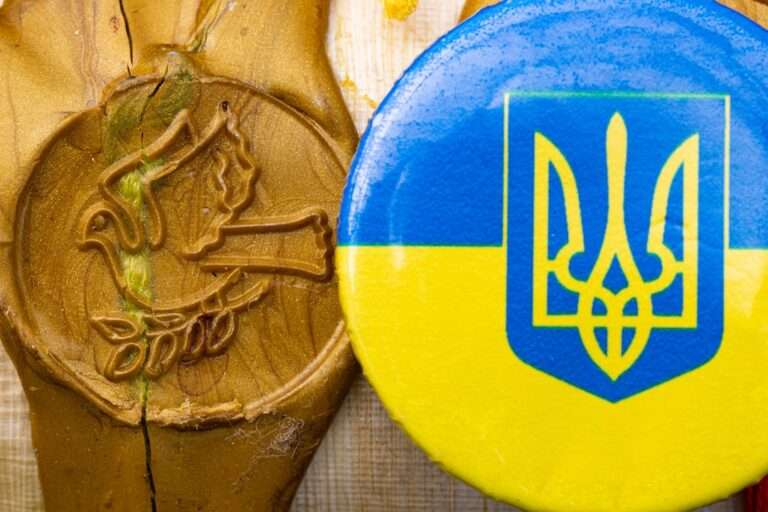What was the meaning of the Scarab beetle in ancient Egypt?

A prominent role in ancient Egyptian religion and culture was played by the scarab beetle, also called the dung beetle. This insect was admired for its behavior of rolling dung into a ball & depositing its eggs within, which was interpreted as a representation of the sun’s daily movement across the sky. Because of this solar connection, the scarab beetle in ancient Egypt became a powerful representation of metamorphosis, rebirth, and renewal.
Key Takeaways
- The scarab beetle was a symbol of regeneration and transformation in ancient Egypt, associated with the sun god and used in funerary practices.
- It was believed to have religious significance and was often used in art and jewelry, representing the cycle of life, death, and rebirth.
- The scarab beetle was commonly used in funerary practices, placed on the heart of the deceased to ensure safe passage to the afterlife.
- In ancient Egyptian culture, the scarab beetle was seen as a representation of the sun god, Khepri, who was believed to push the sun across the sky each day.
- The legacy of the scarab beetle can still be seen in modern culture, with its symbolism of rebirth and transformation continuing to be relevant in art, jewelry, and spiritual practices.
The beetle was associated with the deity Khepri, who was thought to be responsible for the sun’s daily journey across the sky and represented the cycle of life, death, and rebirth. The scarab beetle held immense power & significance for the ancient Egyptians, who saw it as a tangible representation of Khepri. The insect played a significant role in burial customs as a symbol of rebirth & protection, & it was commonly portrayed in Egyptian jewelry and art. In order to ensure the deceased’s safe transition into the afterlife, scarab amulets were frequently placed on their chests during mummification. The ancient Egyptian religion and culture were profoundly influenced by the scarab beetle’s symbolism and significance, which is still evident today. Meaning of Creation and Change Symbols.
A bug thought to have the ability to change and revitalize life, the scarab beetle was also connected to the idea of creation. The scarab beetle was regarded in ancient Egyptian mythology as a representation of the life-cycle of death and rebirth, as well as the sun’s daily path across the sky. As a representation of the ability for change and rebirth, the scarab beetle was also connected to the god Khepri, who was said to push the sun across the sky every day. esteem in the culture of ancient Egypt.
In ancient Egyptian culture and religion, the scarab beetle was highly esteemed, and its religious significance and symbolism are still evident today. Durable Heritage. Ancient Egypt is not the only place where the scarab beetle has cultural significance and symbolism that endures. Ancient Egyptian jewelry and art frequently featured the scarab beetle motif.
It was frequently portrayed in a variety of settings, such as seals, pendants, and amulets. The scarab beetle was considered by the ancient Egyptians to be a lucky charm that would bring protection, prosperity, and good fortune. The scarab beetle was also frequently used in funeral customs, where it was placed on the corpse’s chest during mummification to guarantee the deceased’s safe return to the afterlife. The scarab beetle was frequently pictured with its wings spread, signifying rebirth and metamorphosis.
The daily path of the sun across the sky was also frequently portrayed by it being pushed by a ball of dung. Ancient Egyptian jewelry featured the popular scarab beetle motif, which was frequently carved from priceless stones like carnelian, lapis lazuli, and turquoise. The significance of the scarab beetle in ancient Egyptian jewelry and art is a reflection of its importance in their religion & culture.
In ancient Egypt, the scarab beetle was an important part of funeral customs. It was frequently worn as an amulet, placed on the dead person’s chest during mummification to guarantee a safe transition to the afterlife. The scarab beetle played a significant role in funeral rites because the ancient Egyptians saw it as a symbol of transformation, rebirth, and protection. The god Khepri, who was said to move the sun across the sky every day to represent the cycle of life, death, and rebirth, was also connected to the scarab beetle. To ensure the deceased’s safety in the afterlife, scarab beetles were frequently incorporated into burial goods & tomb decorations.
In order to ward off evil spirits and guarantee safe passage into the afterlife, it was also frequently used as a seal on tombs and other funerary items. The scarab beetle played a significant role in ancient Egyptian funeral customs, which is indicative of their views on death and the afterlife. In ancient Egypt, the scarab beetle was revered as a potent representation of rebirth and transformation. Because of its connection to the sun’s nocturnal path across the sky, it is a powerful representation of rebirth.
The scarab beetle was frequently used by the ancient Egyptians as a protection and lucky charm because they thought it symbolized the cycle of life, death, and rebirth. The scarab beetle is a potent symbol of rebirth & regeneration because of its capacity to turn dung into new life. The scarab beetle’s symbolism of rebirth and transformation was further emphasized by its association with the god Khepri, who was thought to push the sun across the sky every day. The scarab beetle was considered by the ancient Egyptians to be a lucky charm that would bring protection, prosperity, & good fortune. The importance of the scarab beetle in ancient Egyptian culture and religion is reflected in its significance as a symbol of rebirth & transformation.
What the Scarab Beetle Means. A potent symbol of metamorphosis & rebirth in ancient Egypt, the scarab beetle was linked to Khepri. The ancient Egyptians thought that carrying or donning an amulet made of scarab beetles would grant them prosperity, good fortune, and protection. The scarab beetle’s symbolic meaning of representing the sun god Ra & his ability to create new life every day was further highlighted by its association with Khepri.
The Sun God is Symbolized by the Scarab Beetle. The scarab beetle’s significance in ancient Egyptian culture and religion is reflected in its representation of the sun god. The scarab beetle’s role in symbolizing the sun god’s power to bring about new life each day made it a revered and sacred symbol in ancient Egyptian society. The Scarab Beetle’s legacy. Ancient Egyptian culture & religion have been profoundly impacted by the scarab beetle’s connection to Khepri and the sun god Ra.
People are still fascinated by & inspired by the scarab beetle, which has endured as a symbol of rebirth, transformation, and the power of the sun god. The scarab beetle has left a lasting legacy in contemporary culture. People everywhere continue to be moved by its symbolism of rebirth, transformation, and renewal. The scarab beetle is a popular motif in jewelry, art, & fashion.
It is regarded as a lucky charm, protection, and wealth. It is also a widely used symbol in contemporary interpretations of ancient Egyptian mythology due to its connection to the sun god Ra. The significance of the scarab beetle in ancient Egyptian culture has had a long-lasting effect on contemporary society.
People are still motivated to pursue rejuvenation and regeneration in their own lives by its symbolism, which depicts rebirth and transformation. The scarab beetle’s lasting significance as a potent symbol of rebirth and metamorphosis is demonstrated by its legacy in contemporary culture.
FAQs
What is the significance of the Scarab beetle in ancient Egypt?
The Scarab beetle was a symbol of regeneration, transformation, and protection in ancient Egypt. It was associated with the sun god, Khepri, who was believed to push the sun across the sky each day, symbolizing the cycle of life, death, and rebirth.
How was the Scarab beetle used in ancient Egyptian culture?
The Scarab beetle was often used as an amulet or charm, and it was commonly placed in tombs to ensure the deceased’s safe passage to the afterlife. It was also used in jewelry, seals, and other decorative items.
What did the Scarab beetle symbolize in ancient Egyptian religion?
The Scarab beetle symbolized the concept of transformation and rebirth. Its association with the sun god Khepri represented the idea of the sun being reborn each day, mirroring the cycle of life and death.
What was the significance of the Scarab beetle in ancient Egyptian art and hieroglyphics?
The Scarab beetle was a common motif in ancient Egyptian art and hieroglyphics, often representing the concept of transformation and protection. It was also used as a symbol of good luck and fertility.





